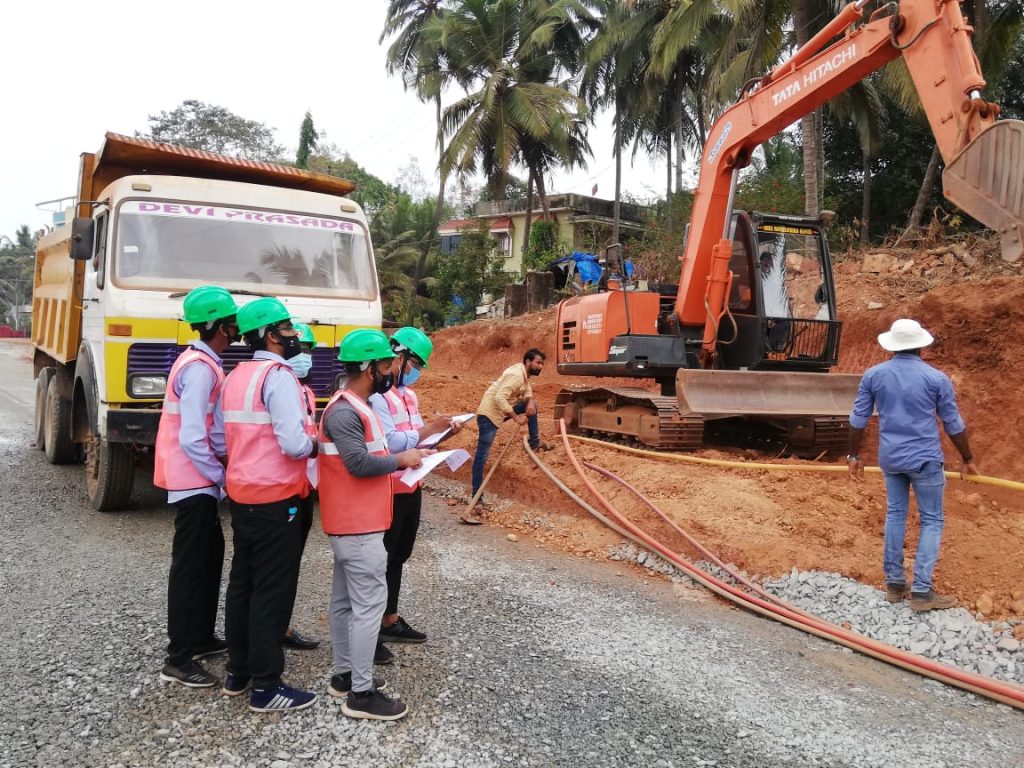Safety with Comprehensive Mobile Crane Operator Training and Risk Management Strategies
Ensuring safety in mobile crane operations is paramount, as these machines pose significant risks if not handled properly. Comprehensive mobile crane operator training, combined with effective risk management strategies, is essential in minimizing the likelihood of accidents, protecting lives, and safeguarding assets. The inherent complexities of mobile crane operations, such as lifting heavy loads, operating in dynamic environments, and coordinating with various teams, necessitate a robust approach to safety. Comprehensive training for crane operators is the foundation of a successful safety program. It equips operators with the knowledge and skills required to handle the crane in various conditions, understand load charts, and identify hazards. A well-structured training program should cover theoretical knowledge as well as hands-on experience. This includes crane setup, operational controls, load dynamics, and troubleshooting common issues. Additionally, operators must be familiar with safety protocols, such as personal protective equipment PPE use, lockout/tag out procedures, and emergency response strategies. Modern training programs often incorporate advanced technologies like virtual simulators, allowing operators to practice in realistic scenarios without the risks associated with real-life operations.

Moreover, training should not be a one-time event but an ongoing process. Regular refresher courses ensure that operators stay updated with evolving regulations, new equipment features, and safety innovations. These courses also provide a platform for operators to share their experiences, which can lead to the development of more effective practices. Continuous learning fosters a culture of safety, encouraging operators to prioritize caution over speed. In conjunction with training, risk management strategies play a crucial role in preventing accidents. Before any lift, conducting a comprehensive site assessment is vital. This process involves identifying potential hazards such as power lines, unstable ground conditions, or nearby structures that could impede crane operations and view the page https://natl-safety.com/mobile-crane-operator-safety-training/. It also requires evaluating the weather, as wind speeds and visibility can greatly affect the safety of a lift. Risk management protocols should include a detailed lifting plan that outlines the responsibilities of each team member, specifies the weight and center of gravity of the load, and ensures that the crane’s capacity is not exceeded.
Communication is another key element of risk management. Clear and concise communication between the crane operator, signal person, and ground crew is essential to avoid misunderstandings that could lead to accidents. Utilizing radios or hand signals effectively ensures everyone is aligned and aware of their roles during the lift. Another important risk management tool is the regular maintenance of equipment. Scheduled inspections help identify wear and tear on crane components that could lead to equipment failure. Ensuring that the crane is in optimal working condition reduces the risk of malfunction during critical operations. In conclusion, the combination of comprehensive mobile crane operator training and well-planned risk management strategies is essential in ensuring safe operations. Through regular education, proper site assessment, effective communication, and diligent equipment maintenance, the likelihood of accidents can be significantly reduced, creating a safer working environment for all involved.
